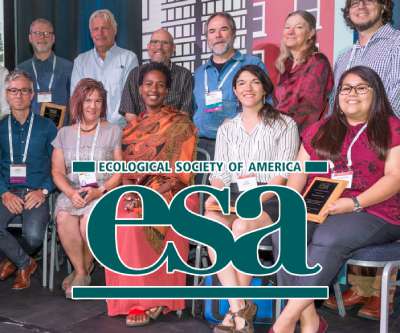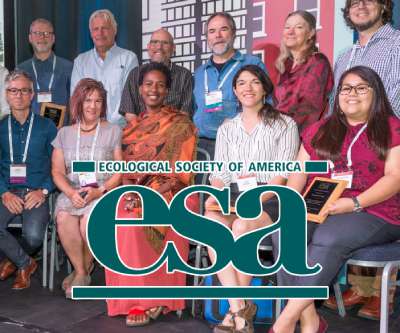How is Ocean Warming Impacting the Shipping Industry?
Ocean Conservancy
SEPTEMBER 8, 2023
As deeply troubling reports continue to come in about ocean waters hitting historic hot temperatures, sectors like global shipping are trying to understand the consequences of a warmer ocean and what can be done to stop the heating. So, we’re seeing the ocean heat up, lose oxygen and get bigger.



















Let's personalize your content